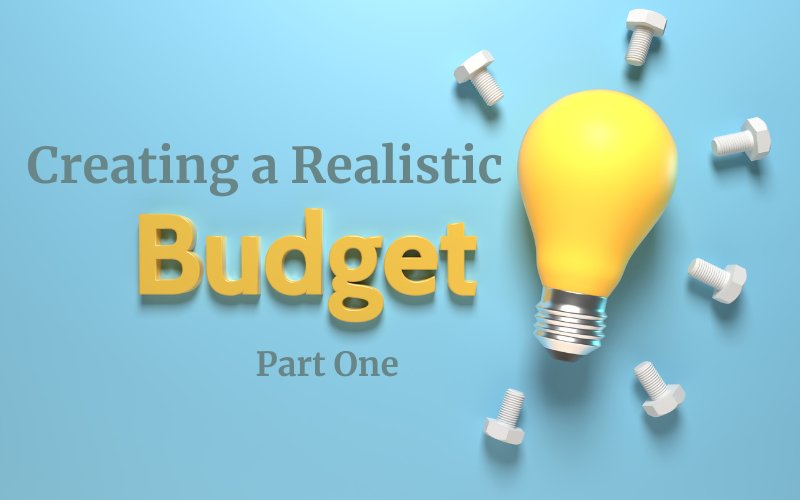
Creating a Realistic Budget (Part One)
Budgeting can feel like a burden, especially if your days are filled with managing job sites, working with clients, and keeping your crew organised. But if you are a business owner in the trade industry, a carefully crafted budget is the foundation that helps keep your business running smoothly. A realistic budget is not just about crunching numbers; it is about creating a roadmap for your business that helps to predict expenses, manage cash flow, and make more informed decisions.
In this two-part series, Accredited Supplier Sones Accountancy Services will explore some ideas for how to create a realistic budget for your trade business. Part one will focus on understanding income streams, tracking expenses, estimating future project costs and the importance of managing overheads.
Understand Your Income Streams
Before anything else, you need to know exactly what money is coming into your business. This can vary for tradespeople based on the number of jobs, their sizes, and timelines. Start by looking at your income from the past 12 months to get an average monthly revenue figure.
Are some months busier than others? Recognise the peaks and valleys to prepare for times when business may be slower. Sometimes clients take longer to pay, especially for larger jobs. Factor in delays in getting paid and identify your average collection period. To avoid chasing payments, encourage clients to make early payments in exchange for a small discount or implement better payment terms to keep cash flow consistent.
Track Your Expenses Thoroughly
Expenses can make or break a business, especially in industries where equipment, materials, and employment costs fluctuate. Your expenses fall into two categories, fixed and variable.
Fixed Expenses: These costs stay the same each month, such as rent, utilities, insurance, and salaries for full-time staff. They are easier to predict, making them the base of your budgeting plan.
Variable Expenses: These vary, including materials, subcontractor fees, fuel, and equipment maintenance. Keep a close eye on these and try to develop an average by looking at your expenses over time. Add a little buffer here as costs in the trade industry are known to fluctuate.
Estimate Future Projects and Costs
Budgeting also involves planning for the future. Anticipate upcoming projects by estimating costs such as materials, subcontractor fees, and project duration. Including a contingency fund of 10-15% for unexpected expenses helps you avoid relying on personal or emergency funds.
Don’t Forget Overheads and Hidden Costs
Avoid the common mistake in budgeting of ignoring overheads and ensure to account for them carefully. Your overhead costs include things like tools, equipment depreciation, advertising, and vehicle maintenance.
Hidden costs are often minor, but they add up. Think about admin supplies, permits, employee training, or fuel. The more accurately you capture these smaller costs, the more realistic your budget will be.
In conclusion, crafting a realistic budget for your trade business provides a solid foundation for financial clarity and business success. It will help you avoid financial pitfalls but also open the door to growth opportunities. Look out for part two in our series, which will cover setting financial goals, and other strategies to ensure long-term growth.
